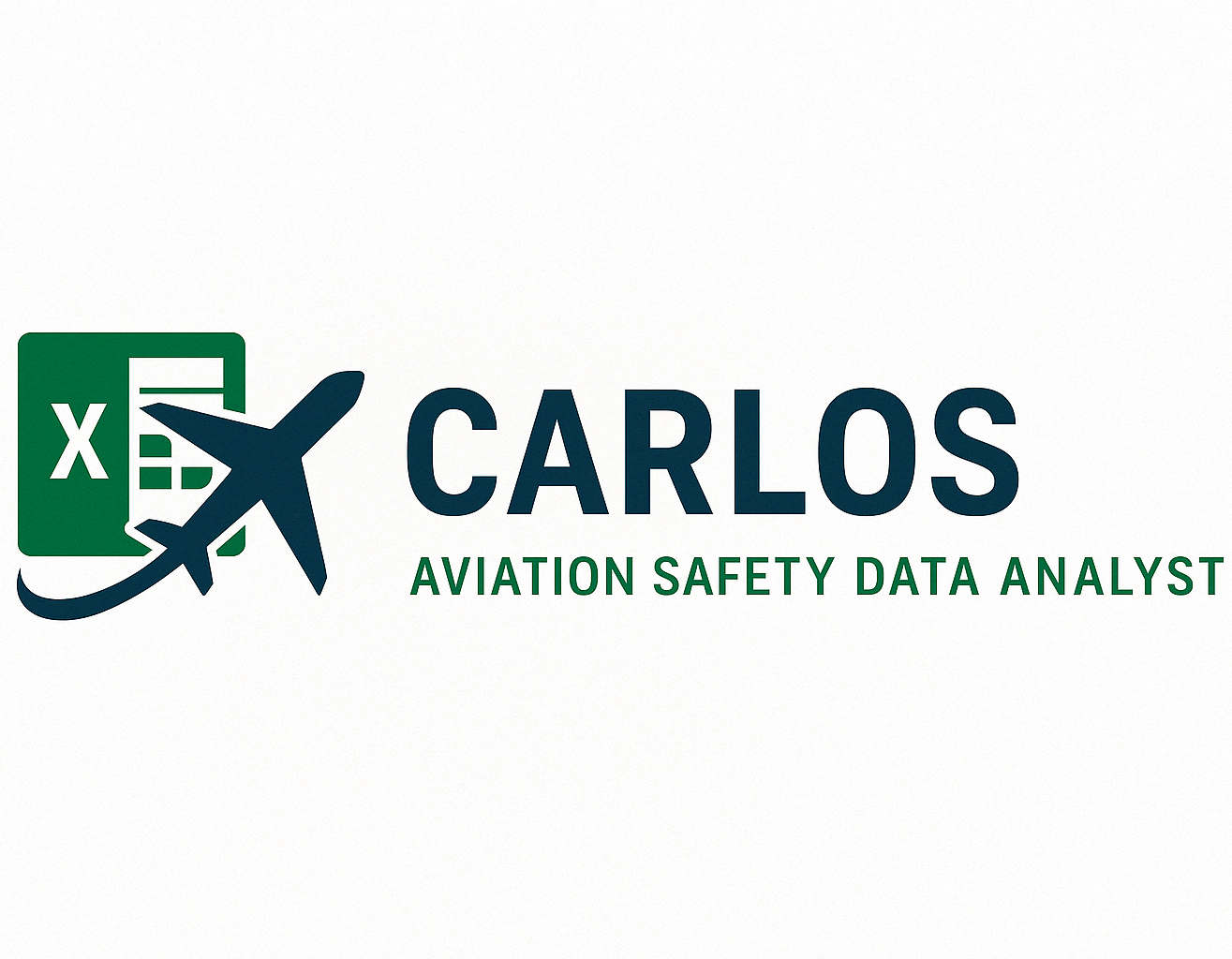Showcasing Expertise in Aviation Safety: A Data Analyst’s Perspective
When most people think of aviation safety, their minds immediately go to aircraft design, pilot training, or emergency response systems. While these are indeed pillars of a safe aviation ecosystem, one of the most critical tools in today’s safety arsenal is data. As a safety data analyst, my role sits at the intersection of operations, risk management, and data-driven insight—a space where real-world outcomes are shaped not just by experience, but by evidence.
Modern safety programs thrive on structured, timely, and actionable data. My responsibility is to ensure that data isn’t just collected but translated into insights that inform decisions.
Through tools development —from dashboards and automated summaries to real-time trackers and report analysis—organizations can transform by:
-
Spotting emerging trends in safety reports
-
Allocating resources toward higher-risk areas
-
Tracking the lifecycle of crew queries and findings
-
Reporting performance clearly to leadership
A data analyst’s work isn’t just about spreadsheets—it’s about creating living systems that evolve alongside the safety needs of a fast-paced industry.
Creating tools is one thing—embedding them into a data-literate culture is another. Analysts work closely with operational teams to ensure that safety tools are:
-
Intuitive and fast to use
-
Accurate and reliable
-
Transparent, with traceable data and clear audit paths
More than once, a data analysis of reports has sparked a leadership conversation that led to policy changes or operational adjustments—evidence that when data is clear, action follows.
As aircraft systems become more complex and operational pressures mount, aviation safety will depend increasingly on predictive data tools and integrated platforms. From text mining safety reports to scoring events by risk assessments, the next phase of analysis is smarter, faster, and deeper.
And I’m here for it.
Let’s continue the conversation.
If you’re exploring how to improve your safety systems through better data tools, analysis, or automation—let’s connect.

